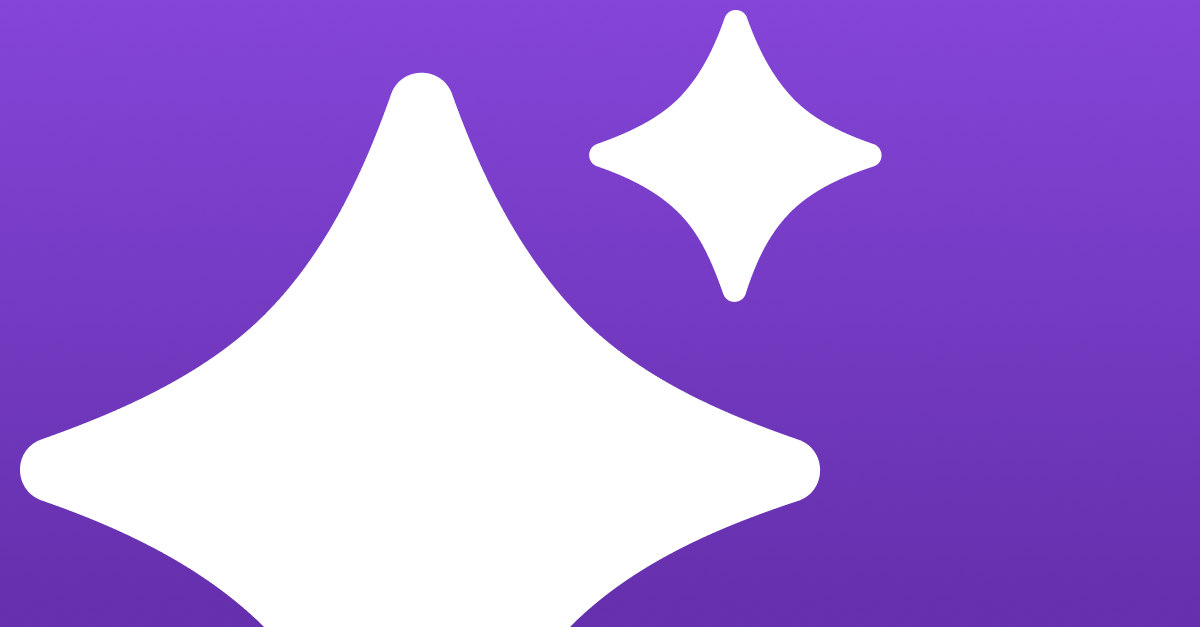What Happened When I Skipped Research
There was a time when I designed a feature based mostly on assumptions. We skipped user interviews because of tight deadlines. The result? Users didn’t use the feature the way we expected. We had to go back and fix a lot.
That experience taught me that guessing is risky. Research saves time and helps you build something that works the first time.
Learning to Build Empathy
I used to think empathy meant imagining how users felt. Now I know it means asking them. Watching how they use a product. Listening to their frustrations. That’s how you design something useful.
When you build empathy through research, your designs don’t just look good—they work better.
My UX Research Process
- Here’s a simple version of the research process I follow now:
Define the problemBefore anything, I make sure I understand the challenge. What are we solving? Who are we solving it for? - Choose the right research methodsDepending on the timeline, I use:
– User interviews (Zoom, Google Meet)
– Surveys (Google Forms, Typeform)
– Usability testing (Maze, Useberry)
– Heatmaps & session replays (Hotjar, FullStory) - Recruit usersI reach out to real users or internal team members who match our personas.
- Collect and analyze insightsI take notes, tag patterns in tools like Notion or FigJam, and create empathy maps or user journey diagrams.
- Translate research into designBased on what I learn, I create low-fidelity wireframes (Figma or Balsamiq), test them quickly, then move on to high-fidelity design.
- Test and iterateI do quick usability tests to validate my designs. I often use feedback forms or short video recordings (Loom) to gather insights.
It’s About How It Feels, Not Just How It Looks
I’ve seen users get confused by designs that looked great but didn’t guide them clearly. That’s when I realized: visuals are important, but not first.
- Now I ask myself:
- What’s the real user problem?
- Is this easy to understand?
- Have I tested this idea with real users?
Once those boxes are checked, then I think about how it looks.
Why I Always Make Time for Research Now
Design is never done in one go. It’s a process. I test, learn, and adjust. Even quick usability tests or short interviews make a big difference.
You don’t need a big budget, just curiosity and the willingness to ask questions. I make it a habit to test early and often.







